By David Isherwood & Dennis Crowley
In the dynamic landscape of business ownership, the maximization of a business’s value is pivotal, particularly when contemplating an exit strategy. Contrary to common perception, exit planning is not merely a terminal phase of business management but rather a holistic approach to enhancing both the intrinsic and market value of a business. This strategy integrates a mix of short-term and long-term initiatives that transcend the bounds of mere exit preparation.
Central to increasing business value are the key financial metrics: revenue growth, profitability, and cash flow. These elements, forming the cornerstone of business valuation, are often the main focus for owners. Yet, a comprehensive strategy should extend beyond these metrics. As a business expands, its operational infrastructure must be robust and scalable, capable of supporting and sustaining growth. The true marker of a valuable business lies not only in its present financial performance but also in its potential for continued growth and profitability.
As highlighted in an article from Harvard Business School, “Business leaders tasked with creating value must focus on improving customer delight, employee satisfaction, and supplier surplus without sacrificing the firm’s margins.” This statement encapsulates the ongoing challenge faced by many businesses. Operational structure and efficiency are critical in this context. A business with streamlined processes and an organized operational framework is more attractive to investors. Such a business, demonstrating systematic, replicable success, is deemed a more secure and appealing investment. This systematic approach also reduces dependency on the business owner or any key individual, thereby enhancing the sustainability and transferability of the business model.
The role of human capital in increasing business value cannot be overstated. A skilled and motivated workforce, bolstered by strong leadership and management, is a significant contributor to a business’s success. An enterprise capable of operating independently of its owner is particularly appealing to investors, signaling stability and the potential for continuity beyond the current management.
Customer relationship management is another crucial factor in value maximization. Developing strong and enduring customer relationships and loyalty is key to securing recurring revenue streams, subsequently elevating the business’s value. Moreover, mitigating risk by diversifying the customer base, supplier network, and market dependencies is essential. A business that is less dependent on any single customer, supplier, or market is inherently more resilient and valuable.
Exceptional customer experience is increasingly becoming a differentiator in the competitive marketplace. Delivering outstanding customer service and nurturing positive word-of-mouth can substantially raise a business’s profile and, consequently, its value.
The culmination of these strategies is often realized through a well-formulated value acceleration and exit plan. An adaptable and comprehensive long term exit strategy is essential for small and midsize business owners aiming for a smooth and profitable transition. This plan should outline the owner’s objectives and timelines, functioning like a living will, adaptable to changing business landscapes and dynamics.
In conclusion, enhancing a business’s value is a multifaceted endeavor, requiring a balance of financial insight, operational efficiency, human resource management, customer relationship development, and strategic planning. For small and midsized business owners, implementing these strategies is not solely about preparing for an exit. It’s about making informed decisions that boost the business’s appeal to investors, ensuring a successful transition at the right time. By focusing on making the business more transferable and less dependent on the owner, it is positioned as an attractive option for potential buyers or investors.
1 https://online.hbs.edu/blog/post/how-do-businesses-create-value






